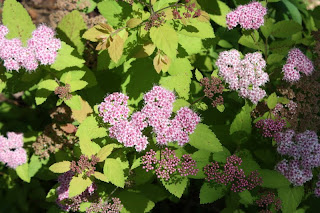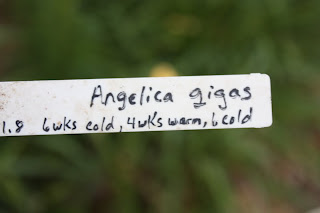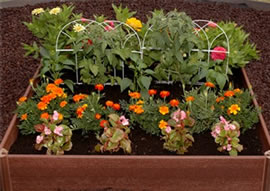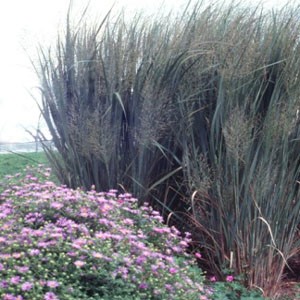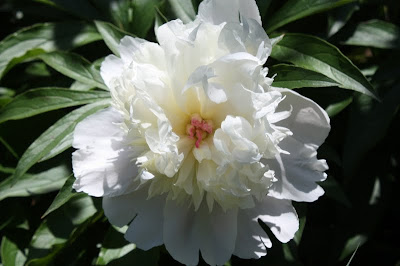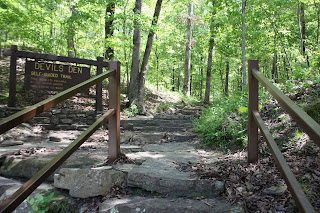Lilies blooming today - Where to buy more
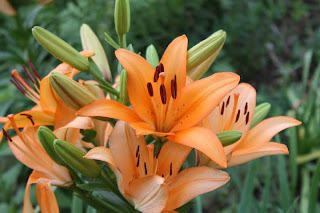
Some of our lilies, such as the martagons with their multiple little blooms, have flowered and faded already and others are just now forming buds. There are several types that are opening now though and they are scattered among the flower beds, making "yard work" sheer pleasure. You have to love lilies for their reliability. Whether they are crowded into pots, planted among tree roots or mixed into beds of perennials and annuals, they never fail to delight. And easy! If you enjoy learning, click over to the American Lily Society's image gallery http://www.lilies.org/imagegallery.html where you can let your imagination begin to tiptoe through the lilies. Is this a lily? Daylilies have lily in their name but are not true lilies. There are many places to buy lily bulbs, including local nurseries and big box stores. Where do you usually buy bulbs? I've had the best success with bulbs from a few mailorder vendors - Old House Gardens http://www.oldhousega

